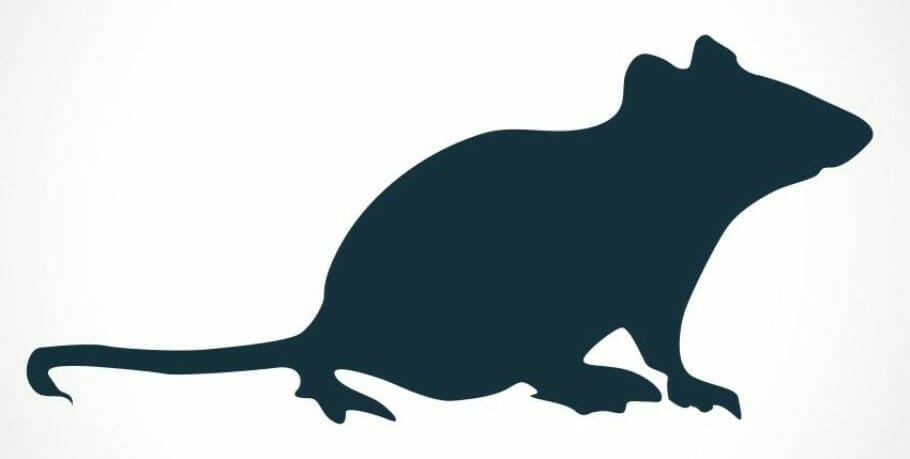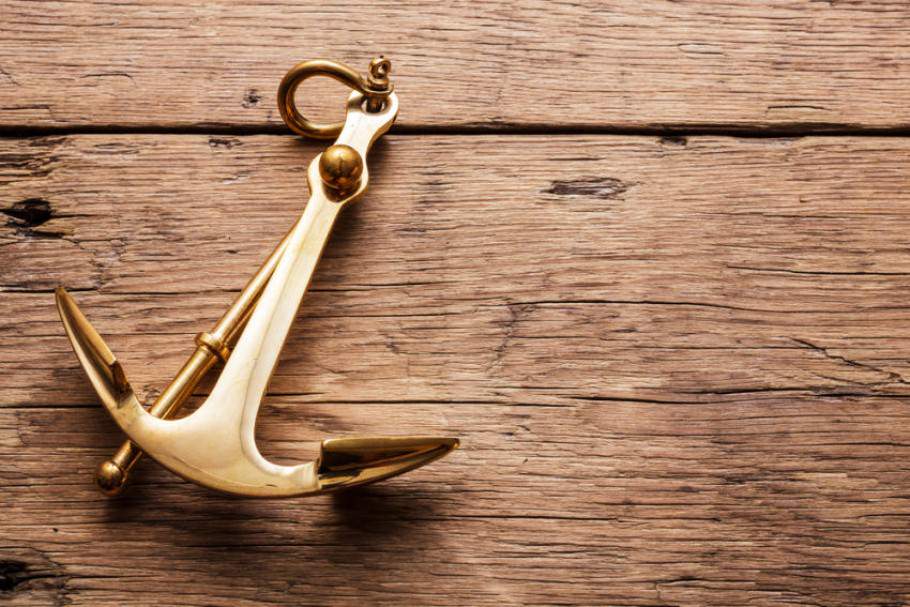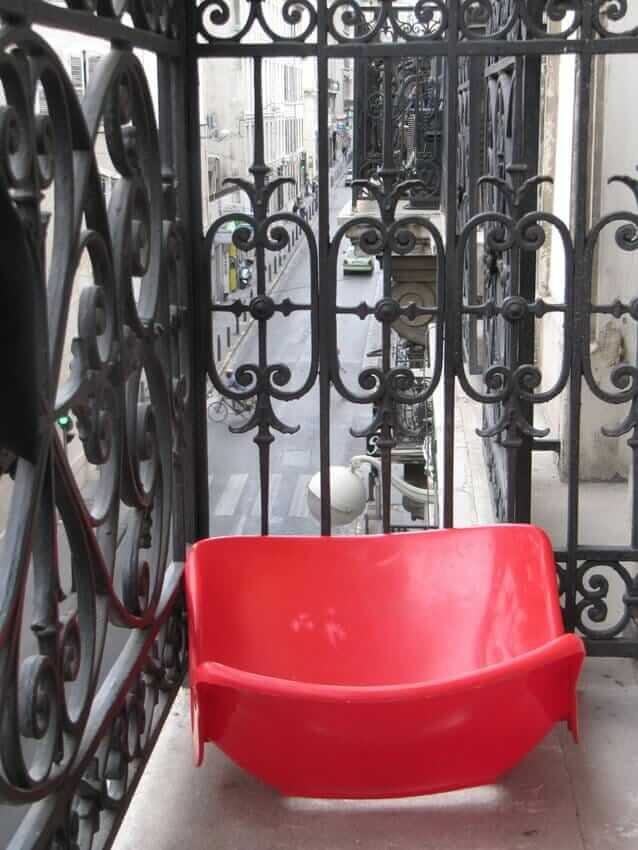Your shopping cart is currently empty!
For their successful, good life Information you really need: Government-funded publisher, awarded the Global Business Award as Publisher of the Year: Books, Magazine, eCourses, data-driven AI-Services. Print and online publications as well as the latest technology go hand in hand - with over 20 years of experience, partners like this Federal Ministry of Education, customers like Samsung, DELL, Telekom or universities. behind it Simone Janson, German Top 10 blogger, referenced in ARD, FAZ, ZEIT, WELT, Wikipedia.
Disclosure & Copyrights: Image material created as part of a free collaboration with Shutterstock. Text originally from: “Life is a zoo: enterprising monkeys, feathered shellcrackers and fish in the car wash. The astonishing parallels between humans and animals” (2015), published by FAZ Verlag, reprinted with the kind permission of the publisher.
Financial management in everyday life: How do you (not) drown your money?
From Professor Dr. Hanno Beck (More) • Last updated on October 30.11.2023, XNUMX • First published on 30.03.2016/XNUMX/XNUMX • So far 4578 readers, 3529 social media shares Likes & Reviews (5 / 5) • Read & write comments
Who visites Money to earn should start saving. Unfortunately, that falls to many People difficult. A look at the animal kingdom shows why.

Maintain with our resources
Meanwhile, studies tell us enough about the drinking habits and preferences of rats, also that most rats Root Beer and Tom Collins prefer water - who would not?
E4 in any case looks the same. If she had unlimited access to both delicacies, she would ignore the water bowl - similar to teenagers who would not exchange their ice-cold cola or the energy drink for still mineral water.
But teenagers have holes in their pockets, which is why they sometimes drink water instead of a brown shower - the pocket money is not enough to convert the diet completely to cola and energy drinks. The same goes for E4, their pocket money is also tight. And how do we do that? Quite simply: instead of Euros there are two buttons - one button for Root Beer, one for Tom Collins.
The teenage pocket problem
If E4 wants to approve, it has to press a button, either the Tom Collins button or the Root Beer button. And this is where the pocket money comes in: it can not push the buttons infinitely often, just say 300 times. With that, we have the perfect imitation of the teenage pocket money problem: I can choose between Root Beer and Tom Collins, but I can not drink endless root beer or Tom Collins, just 300 pieces of both together.
OK. Let's replace “push buttons” with “euros” and we have the teenage situation: we can split 300 euros between Root Beer and Tom Collins. If the 300 euros are gone, we have to use the water provided free of charge by our parents. And like the teenagers, E4 has a money problem: How do I divide my tightly measured euros - i.e. the 300 allowed button presses - between Root Beer and Tom Collins, how much Root Beer and Tom Collins should I choose with a given spending limit of 300?
How do you drink your pocket money?
The answer to this question depends on many things - especially the preferences of the respective rat. But not only. Let's think about our teenagers: when they collect their individual cola energy drink mix, the prices of the two drinks are important - the more expensive coke is, the more you will drink the energy drink instead of the cola. It is the price of a drink that decides about what
one is drinking. For our girlfriend E4, this is determined by the quantity they get at the push of a button - the more root beer flows per button press, the cheaper the sweet plorer. So how does E4 use their pocket money to get as much drink fun as possible?
supply and demand
In conventional economic theory, one formulates and solves this Problem in what is called the household theory, and one of the results of this theory is one, if not the cornerstone of all economics: as prices rise, demand for a good falls. In our Everyday life a self-evident one Idea and observation: If the price of cola - or root beer - rises, we will drink more energy drinks - or Tom Collins.
And? Does E4 know this law? Do you know this law? And do they obey it? E4 does it. And their companions as well. As soon as we raise the price for Root Beer, the rats begin to swing around - they sniff more Tom Collins and less Root Beer. Rats know the law of demand and they stick to it: with rising prices, demand decreases. But why?
Relative price ratios
The intuitive answer to the "why" is the relative price ratio: If cola becomes more expensive compared to energy drinks, you switch to the cheaper drink. Economists call this the “substitution effect”, one replaces - substitutes - the beverage that has become more expensive with the now comparatively cheaper beverage. But that's not all, there is another effect, the income effect:
When the price of cola drops, what is called the real income of teenagers is rising. Because Cola is now cheaper, you can buy more cola with the same pocket money - with ten euros you could buy five colas á two euros, so they can buy after a price reduction of two to one euro now with the same ten euro ten colas. This effect of price reduction leads to an increase in demand for cola. In this reading, the rats drink more Tom Collins because they now have more drinks free, not because they have realized that Root Beer has become more expensive. Or?
Rats as perfect consumers?
No. The rats realize and understand that the price of root beer has gone up, so they switch to Tom Collins. We can show that by doing this Income – increase the number of times the rats are allowed to press the button – so that the rats can then drink exactly the same amounts of root beer and Tom Collins with the higher price of root beer as they did before the price increase.
So they could choose their mix of root beer and Tom Collins to have the same mix as before the price increase. But they don't. Even after this one Tampering – called income compensation – the rats change their drink plan, the now more expensive root beer is at least partially replaced by Tom Collins. Rats base their demand on the prices of their drinks. They are perfect consumers – at least in the Eyes of a freshman textbook on consumer behavior.
Here writes for you
 Dr. Hanno Beck is economistProfessor, Bestselling author and former FAZ editor. Beck holds a degree in economics, was employed business editor of the Frankfurter Allgemeine Zeitung for eight years and still writes regularly for the FAZ Der bestselling author (including “The great plan”, “Alles was Recht ist ”“ The everyday economist ”,“ The logic of error ”) is since 2006 Professor for Economics and Economic Policy at the University of Pforzheim. All texts from Professor Dr. Hanno Beck.
Dr. Hanno Beck is economistProfessor, Bestselling author and former FAZ editor. Beck holds a degree in economics, was employed business editor of the Frankfurter Allgemeine Zeitung for eight years and still writes regularly for the FAZ Der bestselling author (including “The great plan”, “Alles was Recht ist ”“ The everyday economist ”,“ The logic of error ”) is since 2006 Professor for Economics and Economic Policy at the University of Pforzheim. All texts from Professor Dr. Hanno Beck.
3 responses to "Financial management in everyday life: How do you (not) drink your money?"
-
Business Everyday Life is Zoo - 2 / 3: How To Drink His Pocket Money? from Professor Dr. Hanno Beck ... - Recommended contribution ljw3AYaNTo #Professional # Education
-
Business Everyday Life is Zoo - 2 / 3: How To Drink His Pocket Money? from Professor Dr.… via B E R U F E B I L D E R - Recommended contribution 4hGFwM5W6S
-
Business Everyday Life is Zoo - 2 / 3: How To Drink His Pocket Money? from Professor Dr.… via B E R U F E B I L D E R - Recommended contribution uWDTPYrDgV








Post a Comment